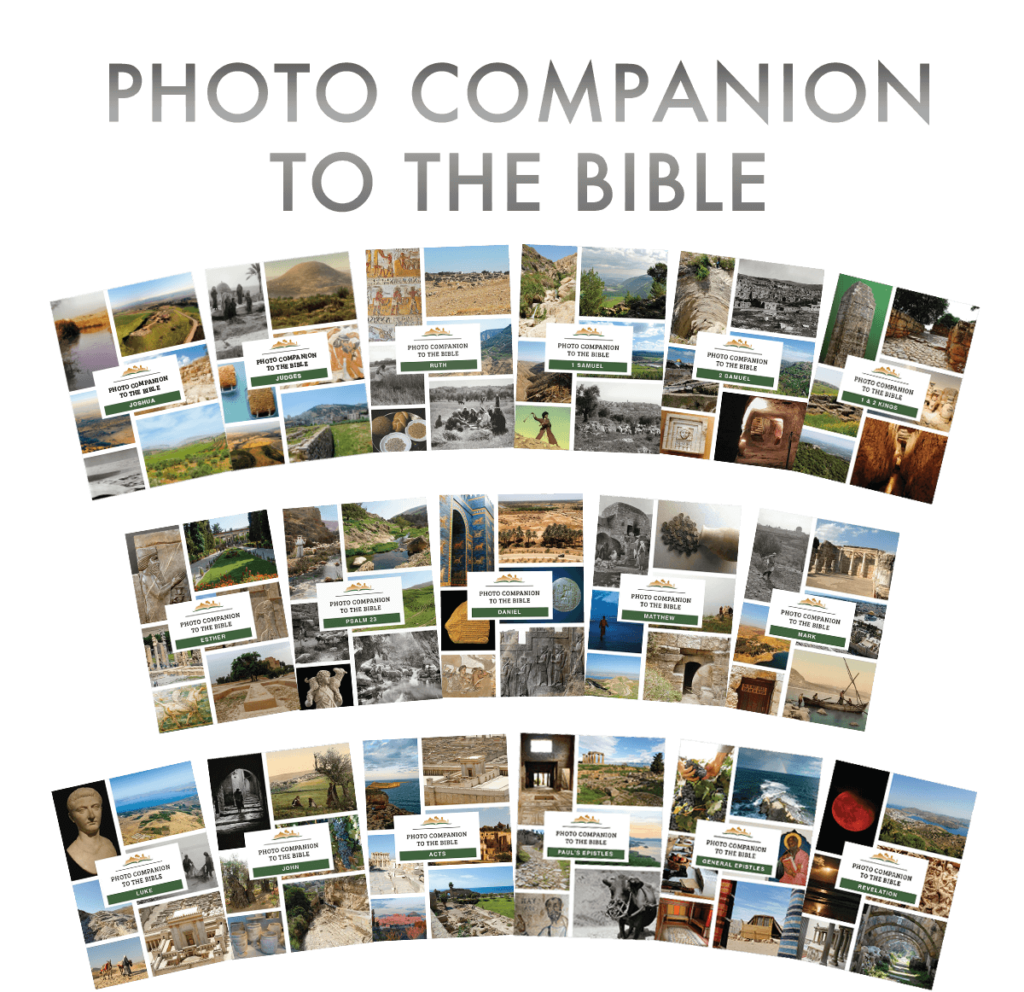In our recent giveaway of the Photo Companion to the Bible, we asked entrants for their name, email address, and choice of prize. We also provided an optional place for comments. This turned out to be a source of great encouragement to our team. Since I shared in the last post what artificial intelligence had to say about the Photo Companion to the Bible, and I thought a good follow-up would be what true intelligence says.
Win or lose, BiblePlaces.com will always be one of my go to sites for resources to study and understand the biblical text. Thanks!
How wonderful of you! I love your photos. Thank you for sharing.
Thanks for offering this giveaway! May the Lord bless your work as you bring the Holy Land to life that we might better understand God’s Word!
Thank you for doing this – and thank you for your incredible work over the years!
I cannot say enough positive comments about the amazing job that Todd and his team have done on the Bible Companion product. I have co-taught lessons in our church setting using some of the Bible Companion files and for the past several months have been greatly impacted with the way this material provides a better, more clear understanding of numerous passages. It is an awesome ministry tool. I am not asking to be a “winner,” but wanted to express my gratitude for the potential benefit this product offers for teachers of God’s Word.
Exciting! These resources are so helpful as they add to Bible knowledge, and they are excellent for teaching, and are also plain fun. It looks like a lot of work to compile these powerpoints and its creative how you find images that speak to Bible passages. It’s really cool. Thanks. Blessings.
I have enjoyed your photos for many years. They have been a valuable resource to my preaching. Thanks for all you do!
I’m so grateful for this ministry. Thank you for what you do, and press on!
Absolutely anything you put out is a MUST-HAVE item! Thank you for all you do in building up the Body of Christ and honoring the Lord…. <><
You have done an incredible work for God’s Kingdom with this amazing collection! I appreciate your efforts to share it!
Thank you for a superb collection of pictures!
I already have all the Photo Companion volumes so if I win I would want to donate it to someone else who doesn’t have it. I am interested though in the Top 50 Biblical Sites Powerpoint. Thanks for all you do. Your ministry is of great value and greatly appreciated!
I work with ministries to children and teens around the US and the world. Loved stumbling across this resource many can use in their Bible classes for young people!
Thank you so much for all the work you all have done on putting these together.
Sure do appreciate this gigantic support to my sermons and presentations. Love the shots!
Thank you ever so much for such a great idea and blessing! The Lord bless you richly for your wonderful ministry!
I appreciate your work and wish I could afford more of it. I have quite a few of my own pictures, but you have pictures of places I haven’t been able to get to, or of places I have been to but haven’t gotten good pictures of. Thank you for helping people picture the Bible!
Thank you. I plan use it on my classes in the Philippines where I work.
There are incredible picture packages to enhance Bible study and teaching. God bless.
Great offer, great material -alas, my teaching career is almost over. I’m 71 years old, still believing in picture-assisted preaching and your informative takes.
Love your work and the annotations with the photos!
I have used your Matthew, Mark, Luke, and John sets in classes I have taught in churches and in a New Testament class I teach at a local college. I have appreciated the excellent slides and information!
Thank you for doing this! Super excited for whoever gets these!
Your support of Bible teachers is much appreciated. Thank you!

